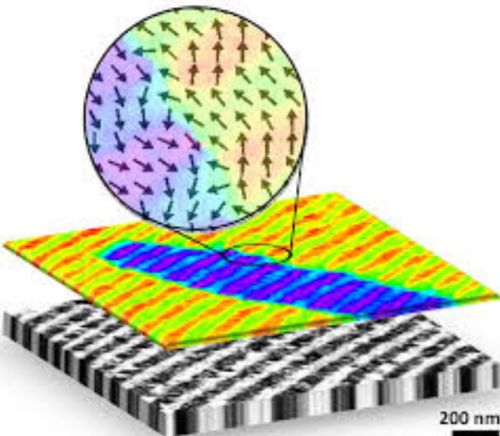Among the other multiferroics, bismuth ferrite (BFO) has gained an increased interest from research scholars in science and technology. The credit goes to its enhanced magnetization and suppressed current leakage ability.
In May this year, three researchers Dovron Rahmedov, Laurent Bellaiche and Rahmedov postulated the multi-functionality of bismuth ferrite (BFO) in terms of electrical polarization, which means, the compound can be magnetized by running an electric current through it.
They envision of transforming their research in designing some novel devices based on the magneto-electric conversion. And lately, their dream is concretized by scholars from North Carolina State University. They incorporated bismuth ferrite (BFO) as a single crystal onto a silicon chip. By doing so they also increased the efficiency of the compound as it restricted the amount of electric charge that “leaks” into the substrate.
In the words of Dr. Jay Narayan, John C. Fan Distinguished Chair Professor of Materials Science and Engineering at NC State,
This work means we can now look at developing smart devices that can sense, manipulate and respond to data more quickly because it all happens on one chip – the data doesn’t need to be relayed elsewhere.
BFO is magnetized with less than four volts, an energy which happens to be less than the required (existing) integrated circuits (IC). This attribute makes it all the more resourceful because higher voltages require more energy, which might interrupt the main electronic functions.
Another key point that the researchers discovered was that external magnetic fields generated by BFO doesn’t give out heat which opened its availability to other equally important applications.
The remarkable progress in the development of BFO will definitely pave its way towards smart devices and equipments.




